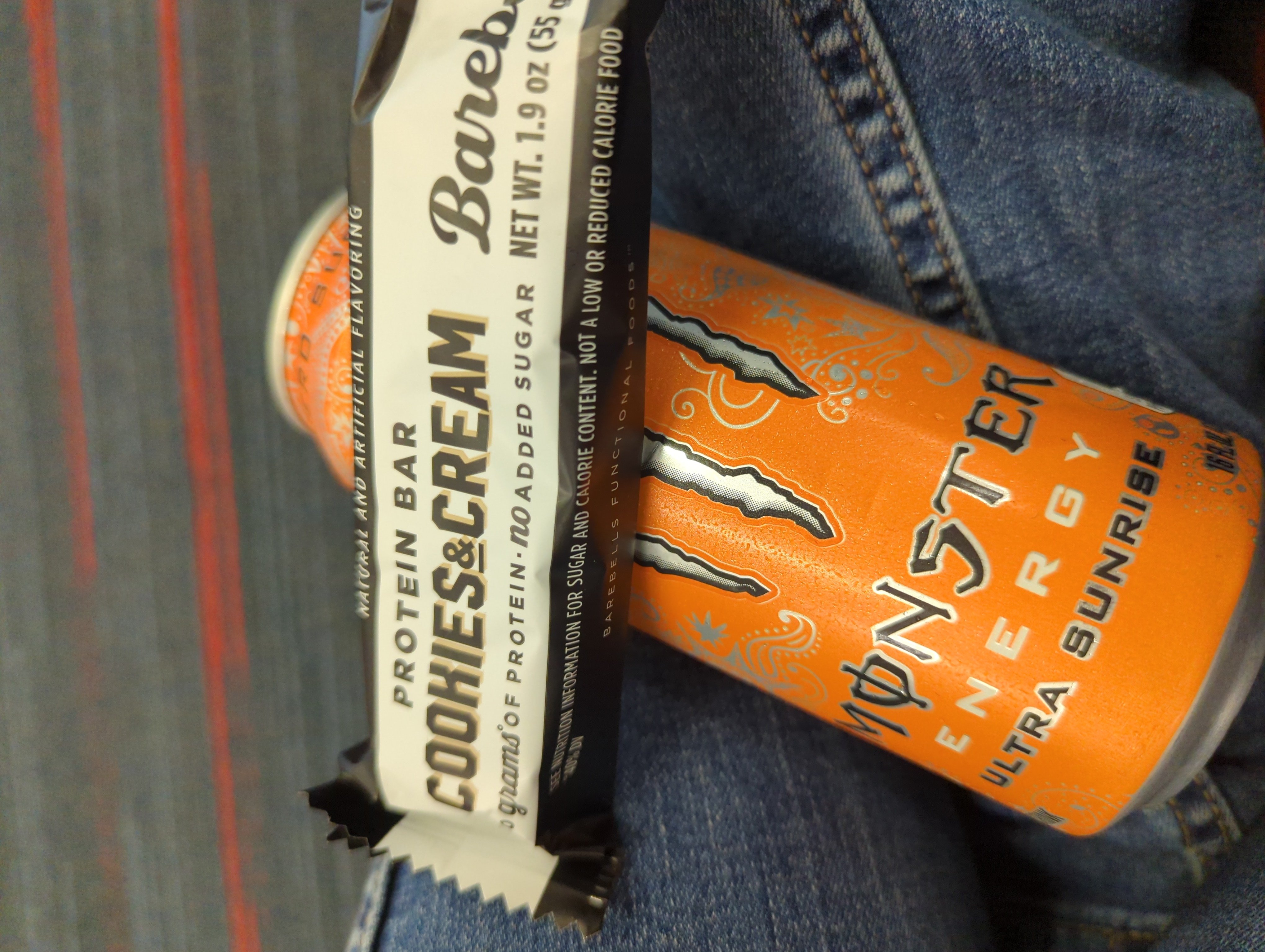By Jeremy Hsu on September 24, 2024
Popular smart TV models made by Samsung and LG can take multiple snapshots of what you are watching every second – even when they are being used as external displays for your laptop or video game console.
Smart TV manufacturers use these frequent screenshots, as well as audio recordings, in their automatic content recognition systems, which track viewing habits in order to target people with specific advertising. But researchers showed this tracking by some of the world’s most popular smart TV brands – Samsung TVs can take screenshots every 500 milliseconds and LG TVs every 10 milliseconds – can occur when people least expect it.
“When a user connects their laptop via HDMI just to browse stuff on their laptop on a bigger screen by using the TV as a ‘dumb’ display, they are unsuspecting of their activity being screenshotted,” says Yash Vekaria at the University of California, Davis. Samsung and LG did not respond to a request for comment.
Vekaria and his colleagues connected smart TVs from Samsung and LG to their own computer server. Their server, which was equipped with software for analysing network traffic, acted as a middleman to see what visual snapshots or audio data the TVs were uploading.
They found the smart TVs did not appear to upload any screenshots or audio data when streaming from Netflix or other third-party apps, mirroring YouTube content streamed on a separate phone or laptop or when sitting idle. But the smart TVs did upload snapshots when showing broadcasts from the TV antenna or content from an HDMI-connected device.
The researchers also discovered country-specific differences when users streamed the free ad-supported TV channel provided by Samsung or LG platforms. Such user activities were uploaded when the TV was operating in the US but not in the UK.
By recording user activity even when it’s coming from connected laptops, smart TVs might capture sensitive data, says Vekaria. For example, it might record if people are browsing for baby products or other personal items.
Customers can opt out of such tracking for Samsung and LG TVs. But the process requires customers to either enable or disable between six and 11 different options in the TV settings.
“This is the sort of privacy-intrusive technology that should require people to opt into sharing their data with clear language explaining exactly what they’re agreeing to, not baked into initial setup agreements that people tend to speed through,” says Thorin Klosowski at the Electronic Frontier Foundation, a digital privacy non-profit based in California.
LOL “if it was opt-in, no one would do it!”
no fucking shit. there is nothing worth watching that i would buy a smart tv for
Smart devices stupid people.
The only sensible way to operate these TVs is with no internet connection. We run our entertainment through an AppleTV. If that ever starts showing ads at rest, I’ll replace it with a Mac mini or a NUC. Fuck these companies and their race to the bottom.
Installed pi-hole this week. Number one blocked domain with 1600 queries… Scribe.logs.roku.com.
Would be nice if we could have some technological privacy laws written in this century.
Theoretically I could display highly illegal stuff and they would distribute it making them complicit?
Can the API be hacked to flood their servers with petabytes of cat pictures?
What is happening with the data? Where are the data savers?
Earlier this month I finally disconnected the wifi for my 7 year old Roku TV. I miss being able to turn it on w/ voice activation but I’ll trade that in for my privacy
So how do you all guys watch content on these “dumb TVs”?
If you connect e.g. android box, how is it any different than connecting the TV itself? Do you think producers of android boxes aren’t such pricks? This bugs my mind.
best way is a mini pc you can put an open source OS on
then you totally control it. they can be found cheap used and are usually upgradable
they are thrown out by schools and buisnesses all the time. it does not have to be very powerful by pc standards
it can also be your first home server if youre interested
But that is terrible to use. I can’t imagine my kids or wife to use this with TV…
awful ethics aside what a disgusting waste of processing power. software already barely runs
deleted by creator
Screenshotting every 500ms is insane.
Even a 0.30$ ch32v003 could handle this tiny amount of data. It’s not a resource limit
I was curious enough to check and with 2KB SRAM that thing doesn’t have anywhere enough memory to process a 320x200 RGB image much less 1080p or 4K.
Further you definitelly don’t want to send 2 images per-second down to a server in uncompressed format (even 1080p RGB with an encoding that loses a bit of color fidelity to just use two bytes per pixel, adds up to 4MB uncompressed per image), so its either using something with hardware compression or its using processing cycles for that.
My expectation is that it’s not the snapshoting itself that would eat CPU cycles, it’s the compression.
That said, I think you make a good point, just with the wrong example - I would’ve gone with: a thing capable of handling video decoding at 50 fps - i.e. one frame per 20ms - (even if it’s actually using hardware video decoding) can probably handle compressing and sending over the network two frames per second, though performance might suffer if they’re using a chip without hardware compression support and are using complex compression methods like JPEG instead of something simpler like LZW or similar.
Why think of it as a compression problem? Isn’t the spy device already getting compressed video form some source? That makes it a filtering problem. You would set it to grab and ship key frames (or equivalent term) if you wanted a human to be able to see the intel. But for content matching, maybe count some interval of key frames and then grab the smallest difference frame between the next two key frames. Gives a nice, premade small data chunk. A few of those in sequence starts looking like a hash function (on a dark foggy night).
Would want some way to sync up the frames that the spy device grabs and the ones grabbed when building the db to match against. Maybe resetting the key frame interval counter when some set of simple frames come through would be enough. Like anything with a uniform color across the whole image or something similar.
Just spitballing here. I like your impulse to math this.
Don’t let your TV connect to the internet. I have mine on my wifi so I can control them using Home Assistant, but they’re on an isolated VLAN with no internet access.
Edit: Of course, this only works if you use an external box for streaming, like an Nvidia Shield, Apple TV, Google Chromecast TV or whatever they call it now, etc.
Wait what? Is there a blog or article on how to do this?
Because I can’t picture how this works in my head for my setup. It needs internet to go to Hulu/Netflix/etc.
The TV itself wouldn’t be able to reach Hulu/Netflix/etc. they’re likely using another device for that. Like a media computer or something else.
Imagine the amount of bandwidth and energy saved, if they didn’t do any of this bullshit.
They are essentially using someone else’s money to get themselves more money. Fuck these people!
I complained about shit like this more than a decade ago and everyone just laughed and said ‘Oh they’ll never do anything like that’
You get what you fucking deserve
And the rest of us get what that guy deserves too!
deleted by creator
Did you go beyond the headline?
They found the smart TVs did not appear to upload any screenshots or audio data when streaming from Netflix or other third-party apps, mirroring YouTube content streamed on a separate phone or laptop or when sitting idle. But the smart TVs did upload snapshots when showing broadcasts from the TV antenna or content from an HDMI-connected device.
Because your laptop cannot have Netflix, or a DRM enabled browser?
Actual paper here.
https://arxiv.org/html/2409.06203v1
It is not sending full screenshots as anybody technical would already have guessed. It’s a few KB over an hour, so it’s content recognition hashes.
Opt out anyway. Their study shows the opt out option does indeed opt you out of it.
This shouldn’t be opt-out. This is the digital equivalent of some fucking pervert showing up at your window and taking pictures of your TV and then letting a bunch of other perverts pay to find out what you were watching so they can use that info to manipulate you, multiplied by however many millions of TVs they’ve sold. Even if the punishment for that crime was just a single week in jail, the people responsible should be facing several
hundredthousand years behind bars when you add it all up.








